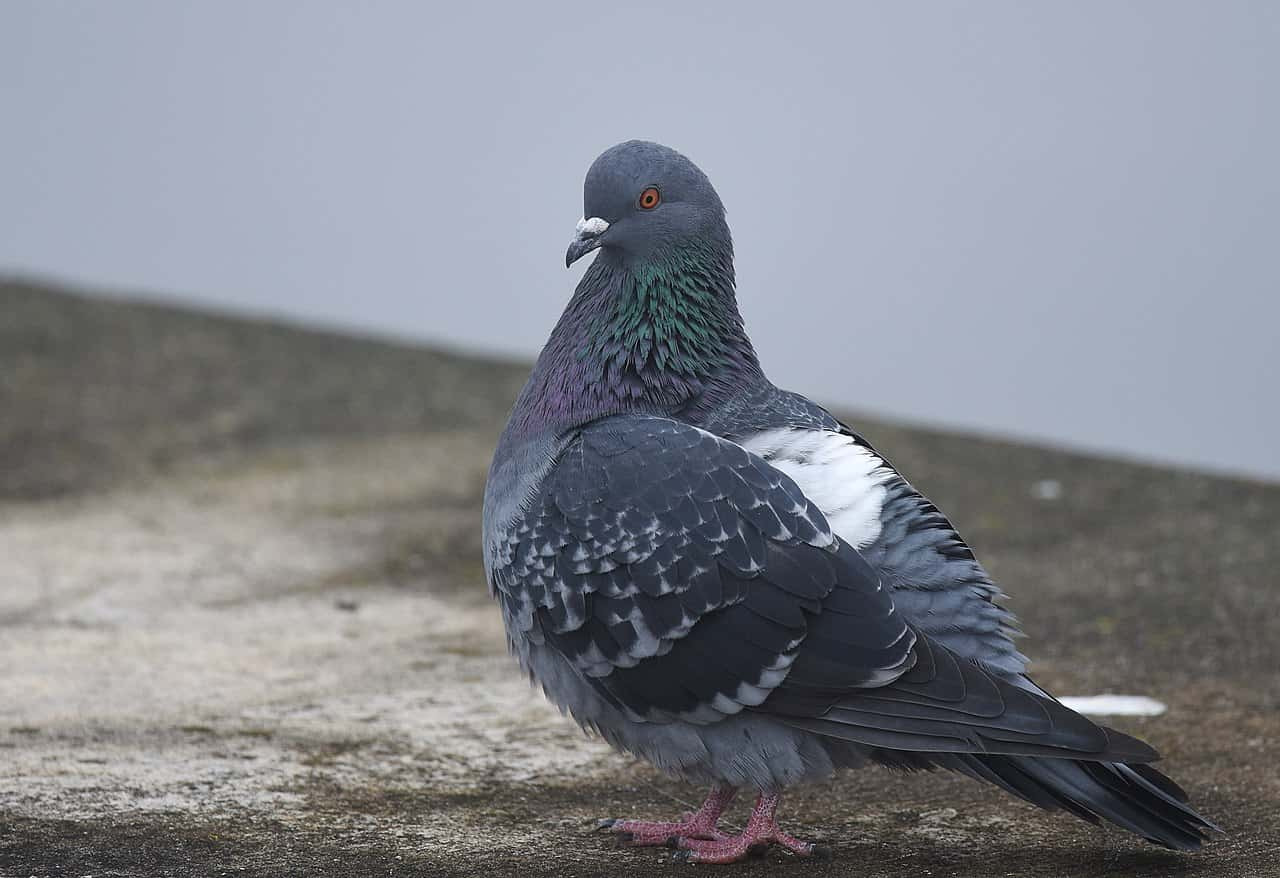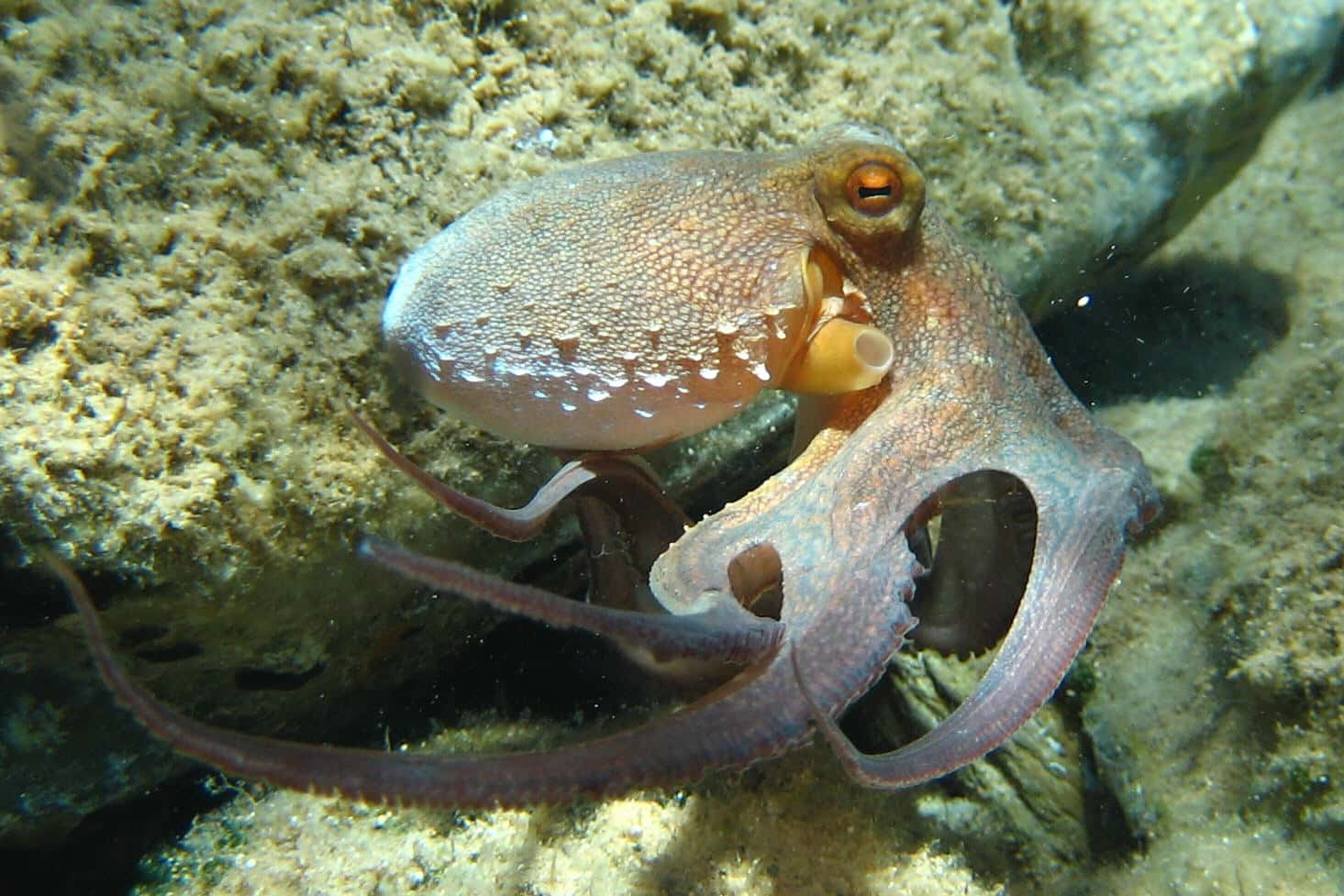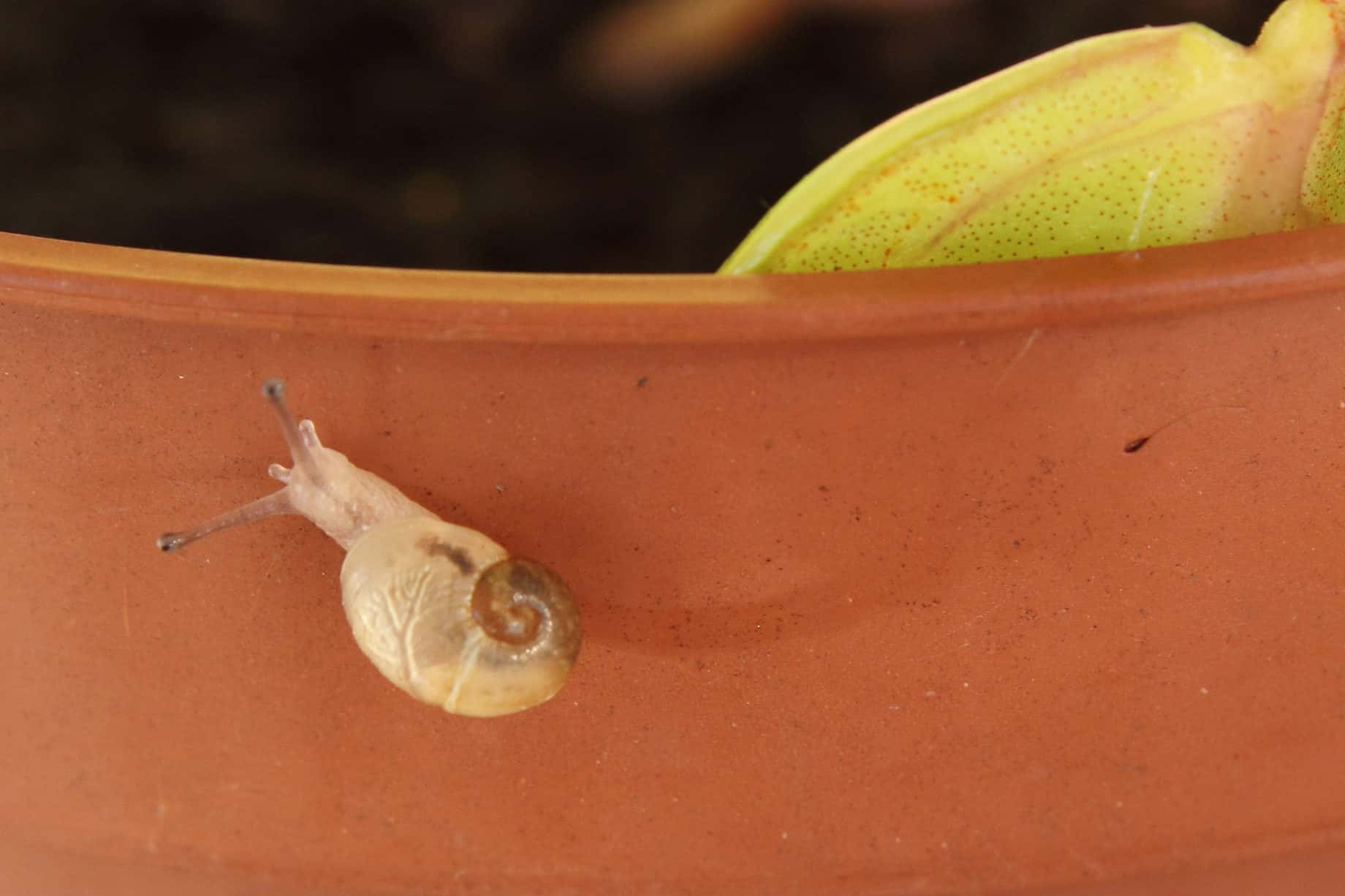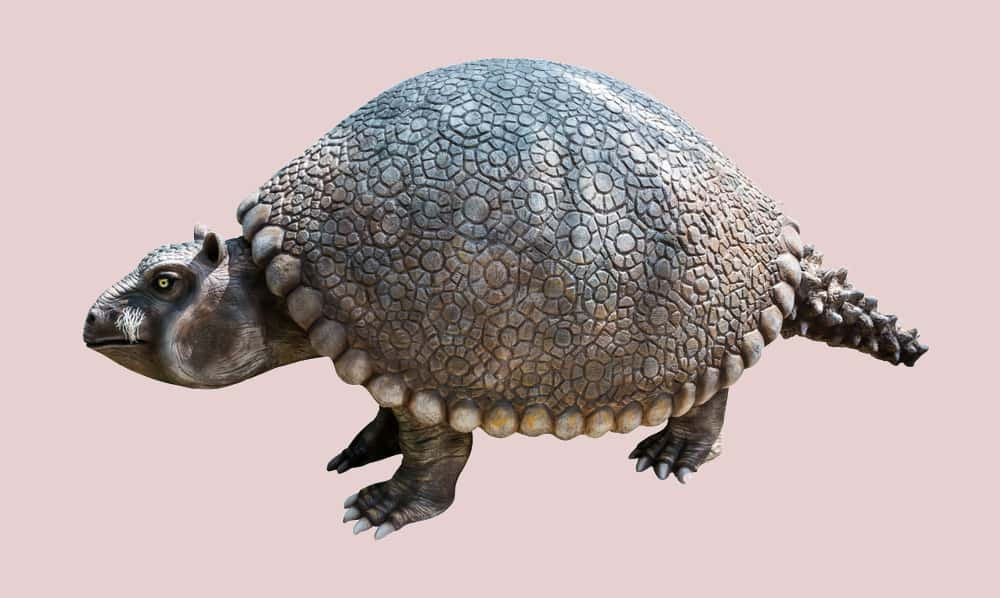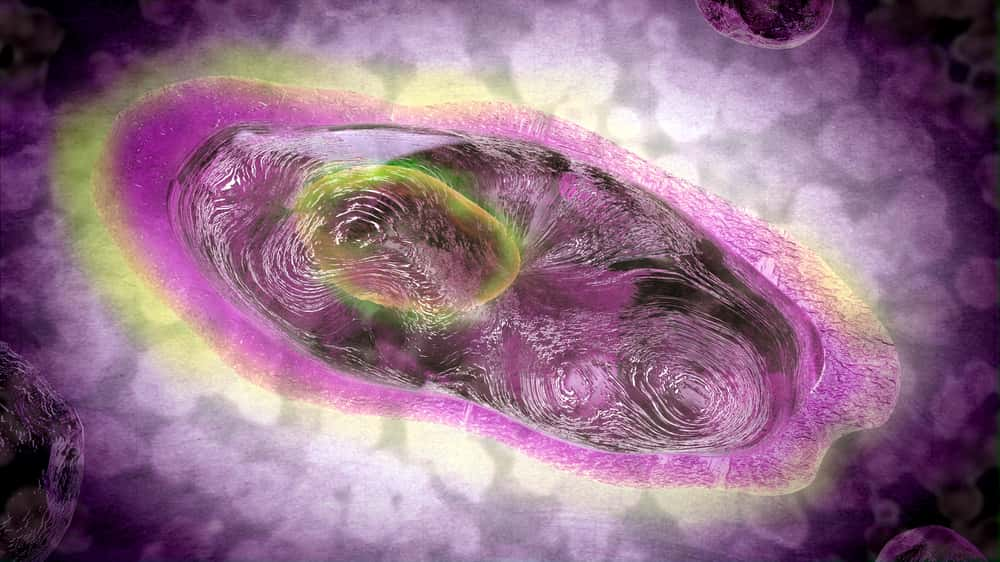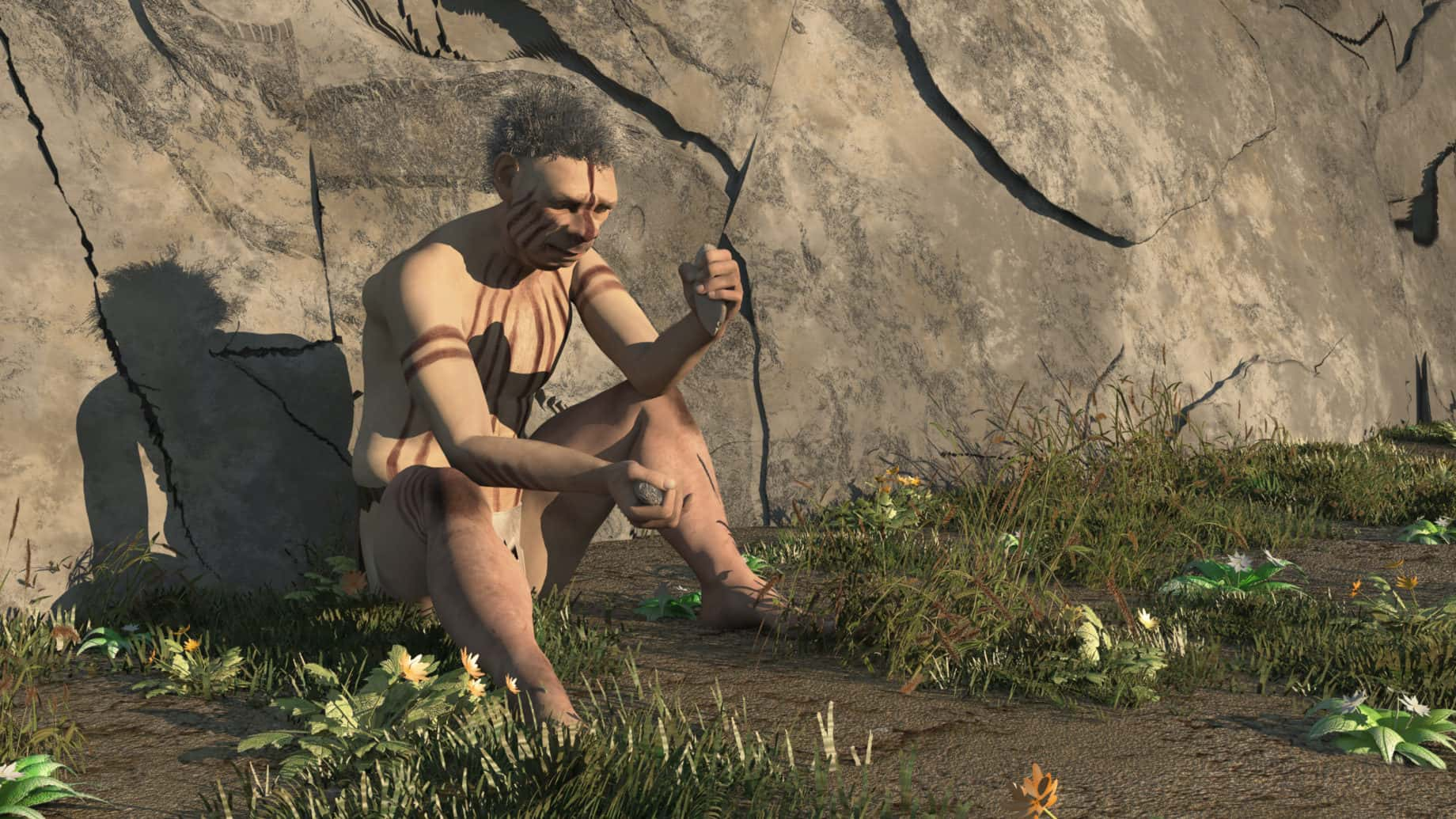As Pearl Jam famously sung, “It’s Evolution, Baby!” Evolution is a term for the process by which living things have developed and diversified throughout Earth’s history. It’s through evolution that microscopic, single-celled organisms eventually led to all forms of life that exist today, including the most intelligent and dominant species of all: us. So here are 38 facts about how everything became, well everything!
40. It’s So Simple!
- The theory of evolution has three basic premises: An organism’s DNA can change or mutate
- The change can be beneficial, harmful or neutral
- After enough time these mutations can cause a new species to form

39. Keep it Simple, Stupid!
The concept of evolution was most famously spread by Charles Darwin, who wrote the book On the Origin of Species after studying creatures in the Galapagos. He wasn’t, however, famous for brevity: The full title of the landmark work was On The Origin Of Species By Means Of Natural Selection, Or The Preservation Of Favoured Races In The Struggle For Life.
38. Not the First
While Darwin is more famous, a medieval Persian scholar by the name of Nasir al-Din al-Tusi first developed a basic theory of evolution in the 13th century, over 600 years before Darwin published Origin of Species.
37. Not Quite There Yet
The first edition of Origin of Species didn’t include the word “evolution” even once, although the last word of the manuscript was “evolved". However, living organisms aren’t the only things that evolve. By the sixth printing of the work, published in 1872, “evolution” is mentioned eight times.
36. The Humble Rock Dove
Darwin doesn’t discuss the evolution of humans that often in Origin of Species, nor even his famous finches. The most cited animal in his work? The common rock pigeon.
35. Coincidence?
Obscure, but true. If you rearrange the letters in “Charles Darwin’s Theory of Evolution” you can spell “Oh-ho! Words verify Natural Selection".
34. Not a Darwinism
The phrase “survival of the fittest” is most often associated with Charles Darwin. However the term was actually coined by Herbert Spencer, one of Darwin’s contemporaries, who first used it after reading Origin of Species.
33. Blonds Have More Photo Sensitivity
Blonds are only about 11,000 years old. Light-coloured hair was an evolutionary response to the lack of sunlight in Northern Europe, and it likely developed because it helped facilitate greater Vitamin D synthesis.
32. More Than One Way
Light skin in European and Asian people is regulated by different DNA sequences. That’s because, through a process known as convergent evolution, Europeans and Asians developed light skin independently.
31. It’s the Small Things
Scientists have learned at which point in history humans began wearing clothes by studying lice evolution. By looking at the mitochondrial DNA of the nuisances, they can calculate how long ago clothing lice diverged from head lice.
30. Out of Africa
Homo sapiens left Africa, entering Europe and Asia, over 80,000 years ago, but by then they were late to the party. Homo erectus, our earlier ancestor, had first ventured out of the continent over 1 million years earlier.
29. You’re Like Me, But Different
When Homo sapiens first arrived in Eurasia, they would have found many similar people waiting there for them. Early humans, like Neanderthals and the descendants of homo erectus, would have been living there for hundreds of thousands of years.
28. You Might Just... Be Me?
Many people alive today likely have some Neanderthal genes, according to a genetic analysis of Neanderthal bones. This probably means that when early Homo sapiens entered the Middle East, Asia and Europe they had children with the Neanderthals they encountered there.
27. A Big Adventure
Homo sapiens likely arrived in Australia roughly 65,000 years ago, travelling there—as far as we can tell—by sea from Southeast Asia. They miraculously crossed the ocean in extremely rudimentary boats, likely made from lashed together bamboo or reeds.
26. Once in a Lifetime
In the last 5000 years, human beings have been changing faster than any other time in history—approximately 100 times faster. That means that people from 5,000 years ago were more closely related to their ancestors from 40,000 years ago than they were to humans today.
25. Not Done Yet
Human beings aren’t done evolving. The human genome is still changing, and some of these mutations are rapidly spreading throughout the human population. Genes related to brain size, the ability to tolerate foods like dairy, and resistance to disease are all becoming more and more common across the world.
24. Wide vs. Narrow
Another modern evolution? Some scientists say that the number of caesarean sections might be affecting human evolution, because women with narrow hips are now far more likely to pass on that trait to their children.
23. Stop and Smell the Ferns
Flowers are a rather late entry to the world. They only evolved around 130 million years ago, far later than things like trees, ferns and funguses. But they were hugely successful once they appeared, and flowers in turn led to an explosion in the diversity of pollenating insects like bees and butterflies.
22. T-Rex or Egg?
In 2016, scientists found the fossil of a pregnant Tyrannosaurus rex. The fossil had a medullary bone, which is a structure only found in modern female birds just before and during egg-laying. Not only did this bone help to identify the gender of the dinosaur, helping researchers better understand gender differences, it can also provide insight into the evolution of egg-laying in birds today.
21. Blind Spot
Unlike most large animals, octopus eyes do not have a blind spot. Since invertebrates evolved sight separately from vertebrates—yet another example of convergent evolution—the octopus doesn’t possess the deficiency. Lucky.
20. In the Sah-Merica?
Despite only living in Africa and Eurasia today, camels actually originated in what is now the United States. They later spread to Asia and North Africa before becoming extinct in North America.
19. The Iron Age
You may know that Wolverine, the famous Marvel Comics character, has a metal skeleton— but did you know that there’s a sea snail that does too? The scaly-foot snail has evolved armored plates made from iron sulfide, making it the only known animal to use the material in its skeletal structure.
18. Custom Evolution
If baby snails are exposed to platinum, they grow without their shells, basically becoming slugs, their evolutionary descendent. The platinum essentially turns off the gene in snails that leads to shell development, just like the genetic mutation long ago that led to slugs.
17. Carmadillo
Thousands of years ago South America was home to giant armadillos called glyptodonts. They were roughly the size of a Volkswagen Beetle, and they were likely hunted to the last one by humans who may have used their shells for shelter.
16. We Are All Made of Stars
There is a theory called “Panspermia” that posits life exists all across the Universe as a kind of bacteria, and that it’s spread via meteorites and asteroids. When those vehicles collide with a planet that has the ideal conditions for life, like, say, Earth, then that life begins to thrive and diversify.
15. May the Fourth Be With Us
Scientists have long believed that there are 3 domains of life that diverged hundreds of millions of years ago: Archaea (tiny microbes similar to bacteria), Bacteria, and Eukarya (all plants, animals and fungi). However, recently something called a Pandoravirus was discovered, with a genome that is many times larger than that of normal virus. What makes it even stranger is that approximately 93% of their genes resemble nothing in any other cellular lineage, meaning that it could possibly constitute a fourth domain.
14. What a Day That Was
Terence McKenna has a strange and controversial theory called The Stoned Ape Theory. As its name suggests, McKenna theorizes that a lot of advanced human evolution came as a direct result of our primate ancestors ingesting psilocybin, or magic mushrooms.
13. Seeing Red
Some people have theorized that humans have an evolutionary response to the color red. This instinctive response has even been used to explain why goalies in red jerseys save more goals in penalty shoot-outs than those who don’t.
12. Burning Down the House
Homo sapiens have always used fire as a tool. The species only evolved after our ancestors had tamed and begun using fire, which means that no human being has ever lived without the use of fire. The same is true for humans and tool making, making us tool users and fire tamers from the very start.
11. Swamp Things
While early humans always used tools like fire, and began using other tools like spears or clubs very early, we have very little evidence that they had culture the way we currently define it. Many anthropologists claim the culture was developed about 50,000 years ago, long after Homo sapiens first appeared.
10. Mother
The "mitochondrial Eve" theory of human evolution suggests that everyone on Earth today is descended from a single woman in East Africa who lived around 200 to 150,000 years ago.
9. One in a Million
Humans actually have surprisingly low genetic diversity considering how many of us there are. In order to recreate the genetic diversity of 7.6 billion people on earth, you would only need about 15,000 people. For some species of mice, that number is more than 700,000.
8. Yeast of Eden
You might think you’re special, but believe it or not you share about 50% of your DNA with a banana, and approximately 31% of your genes with yeast, which is a single-celled organism.
7. Frodo’s Cousin
Animals can become bigger or smaller through evolution. For instance, around 18,000 years ago hobbit-sized humans lived alongside pygmy elephants and giant, 10-foot long lizards. Make up your mind, evolution!
6. But Can You Wag it?
In utero, all humans have a tail. It eventually dissolves in the womb.
5. Paint it Blue
Most people had brown eyes until a random genetic mutation occurred in the Black Sea about 10,000 years ago that created blue eyes. Now about 8% of the population possesses that mutation.
4. Higher Powers
After nearly two centuries of contention, it turns out that religion and evolution can actually coexist. The Catholic Church has recently made room for evolution, with Pope Francis saying in 2014 that “Evolution in nature is not inconsistent with the notion of creation".
3. Believe it?
Belief in evolution varies greatly across the globe. In Iceland, where it’s the highest, over 80% of people believe in it. Conversely, it’s the lowest in Turkey, where only 24% believe in the concept.
2. Flat Earthers
It’s a common misconception that people in the middle ages believed the Earth was flat—it’s thought that most educated people knew about the spherical Earth since around the 3rd century BCE. The myth began in the late 1800s as part of the evolution debate, when the divide between science and religion became particularly antagonistic.
1. Laws of Attraction
The sensual preferences of most men and women actually stem from evolution. Women have literally evolved to prefer older men who are more able to provide food and safety, while men evolved to prefer a younger women who was more likely to be able to survive childbirth.
Sources: 1, 2, 3, 4, 5, 6, 7, 8, 9, 10, 11, 12, 13, 14, 15, 16, 17, 18





